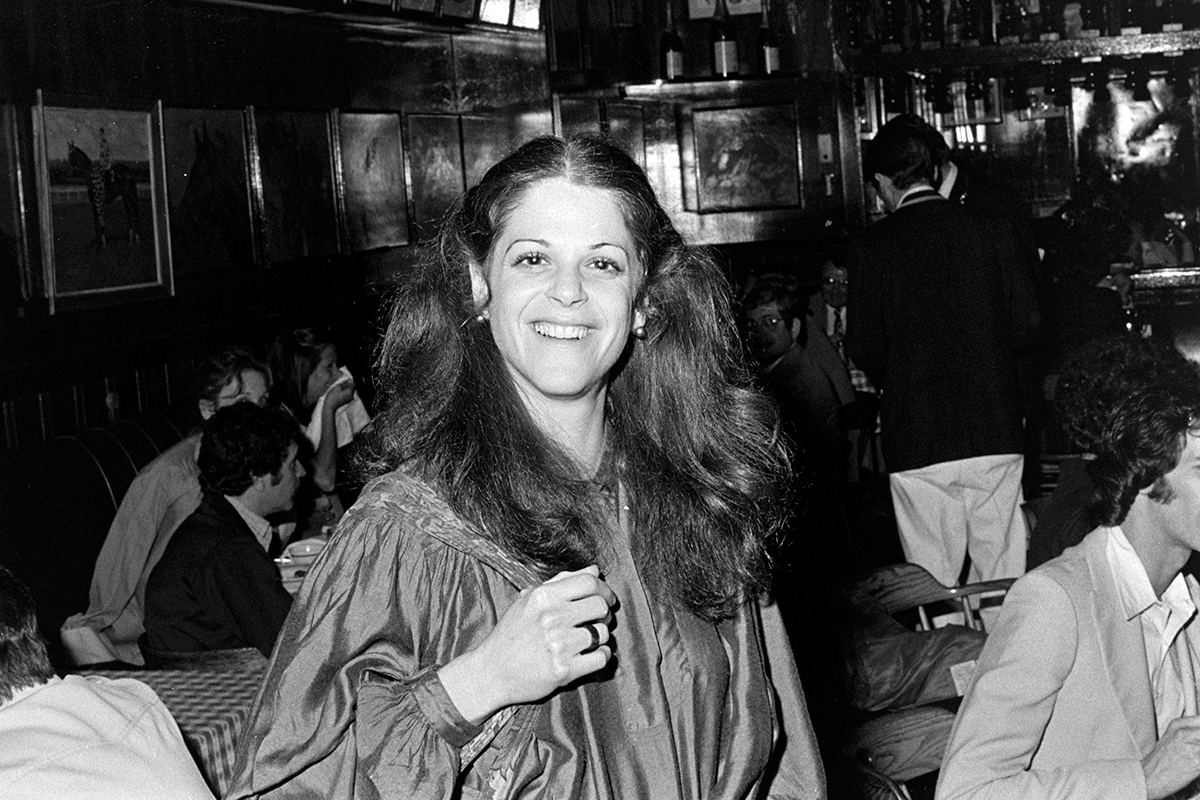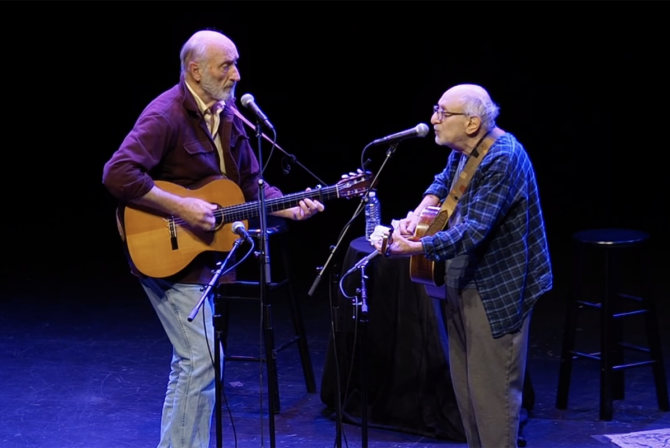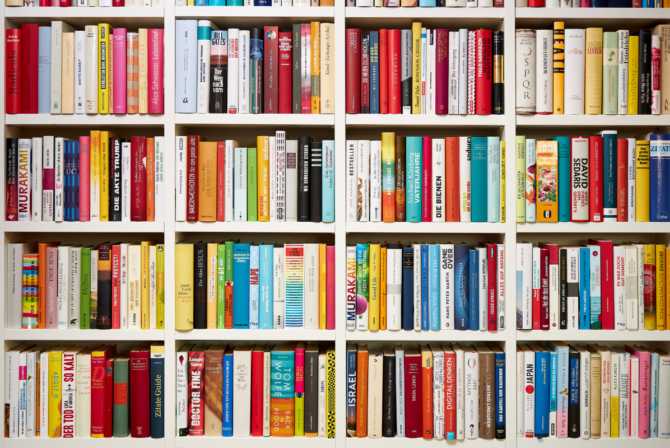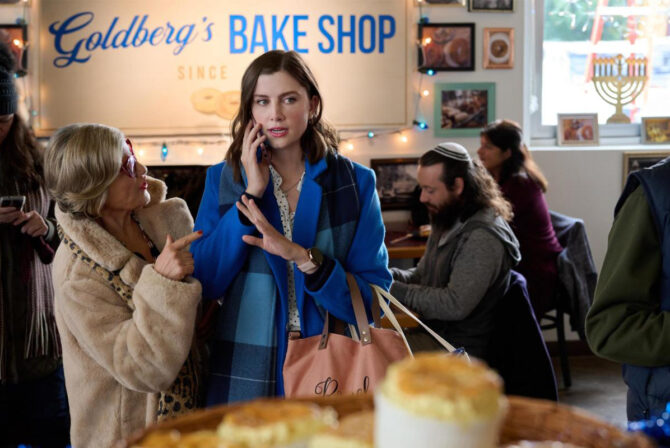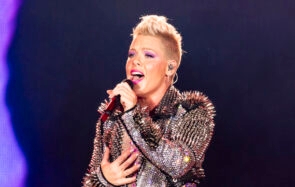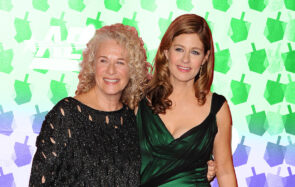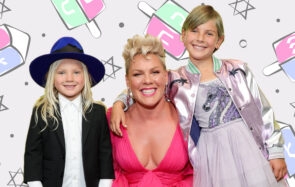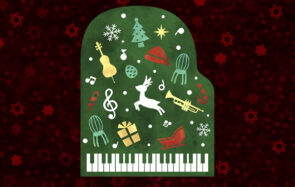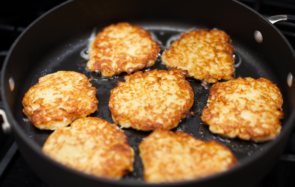Back in 1977, a nice Jewish comedian from Detroit lit the Hanukkah candles on live TV, on the third season of a show that had recently changed its name to “Saturday Night Live.” Some claim that it was the first time a menorah had been lit on national television. It felt like such a monumental moment, in fact, that said nice Jewish comedian,Gilda Radner, unexpectedly started crying.
On December 10, 1977, the guests on “Saturday Night Live”were Mary Kate Place, star of the诺曼·李尔冲击波”玛丽玛丽哈特曼,哈特曼,”她won an Emmy for that year, and musical guest Willie Nelson. As Nelson and Place finished singing“Something to Brag About,”a sketch began with Gilda Radner as a suburban Jewish housewife, talking about how she was having her husband’s boss and wife over for dinner. “Yes, they’re gentiles” she tells her mom on the phone and assures her she’s serving chicken (we later find out she’s serving roast pork). John Belushi, who plays her husband Larry, comes in with coffee cake for dinner, even though his guests were supposed to bring dessert, in case he doesn’t like it (we later find out they brought fruit).
Place, who plays Bev, the boss’s wife, mispronounces Hanukkah as she comes in and compliments the decor, which includes a menorah at the window and Hanukkah banners. Bill Murray, who plays said boss, corrects her with a hearty “chet.”
“It always puzzled me why the Jews killed Christ,” Larry’s boss then ponders, in a little bit of fun, casual antisemitism. Larry tries to argue, but Gilda’s character shuts it down by continuing her explainer about Hanukakh, the menorah (she and her husband argue what the shamash represents, in normal Jewish fashion) and the story of the Maccabees, while a little piano riff playing “Maoz Tzur” accompanies the cast’s own retelling of the story of Judah and the Maccabees looking for oil in the Temple and the Hanukkah miracle. It’s not a particularly funny retelling, but it’s charming enough.
As she finishes her story, the menorah’s seven candles and shamash are lit, and then, Radner says the Hanukkah blessing. You can see a single tear staining her face as she perfectly pronounces words in Hebrew, and then translates it to English, bringing the light with her hands into her face, probably as way to cover up her tears.
As she turns back to the three other scene partners, you see her crying. “I got a little misty, too,” Murray improvises.
“The power of this moment was in seeing a television star — someone so adored by the American public and so integrated into American culture — openly proclaim her difference when she could have so easily chosen not to,”Idit Klein of Keshet wrote in 2011.
Mind you, this was long before Adam Sandler gave us “The Chanukah Song,” or when SNL made the excellent digital short “Christmastime for the Jews.” It was even two years before Radner’s classic “Jewess Jeans” sketch, though certainly not the first time she played on her Jewish identity in the show. It was long before we had a myriad of shows with Hanukkah episodes. Long before we had so much diverse, authentic Jewish representation on TV.
And while the sketch itself doesn’t feel remarkable or particularly funny now, it was indeed a special Jewish moment in the history of TV, a moment in which a Jewish actress who went to Hebrew school, who sat shiva for her father as a teen, got to share the words that had been passed down to her in childhood, a tradition of Jewish light.
